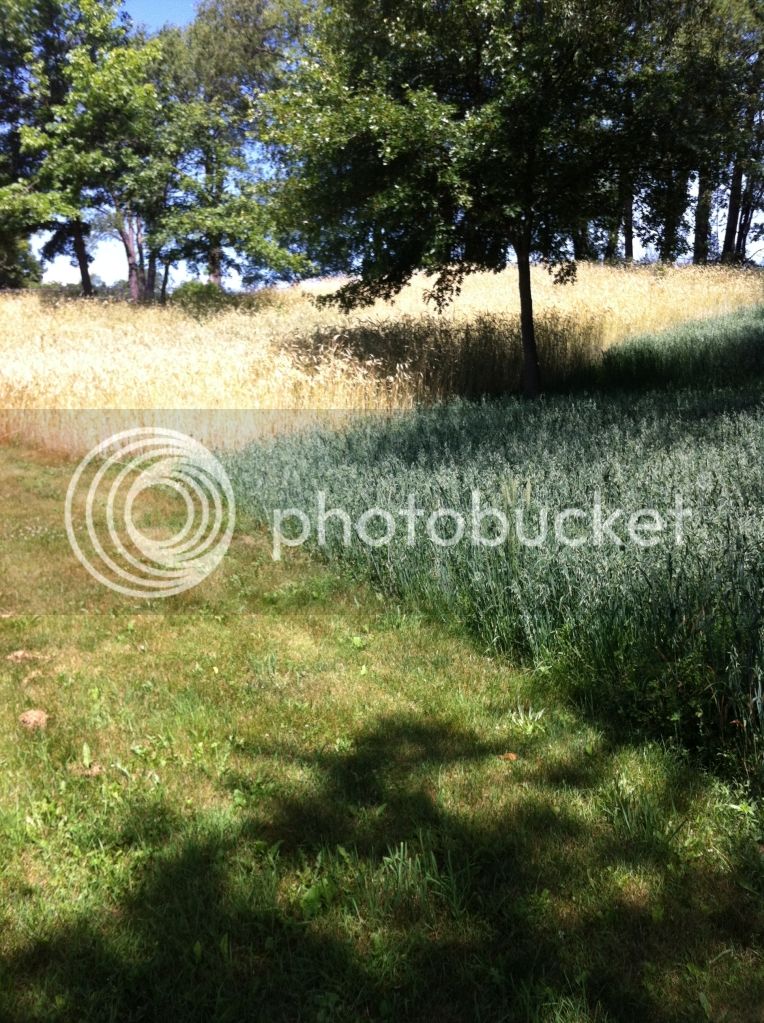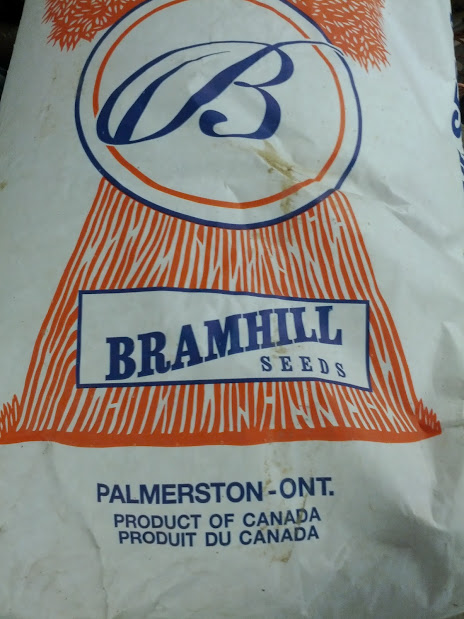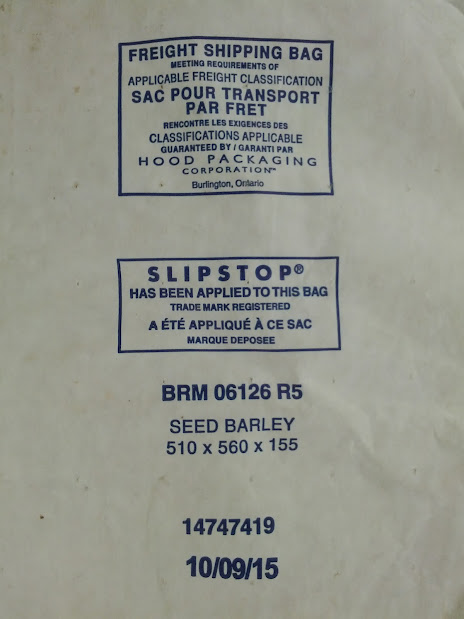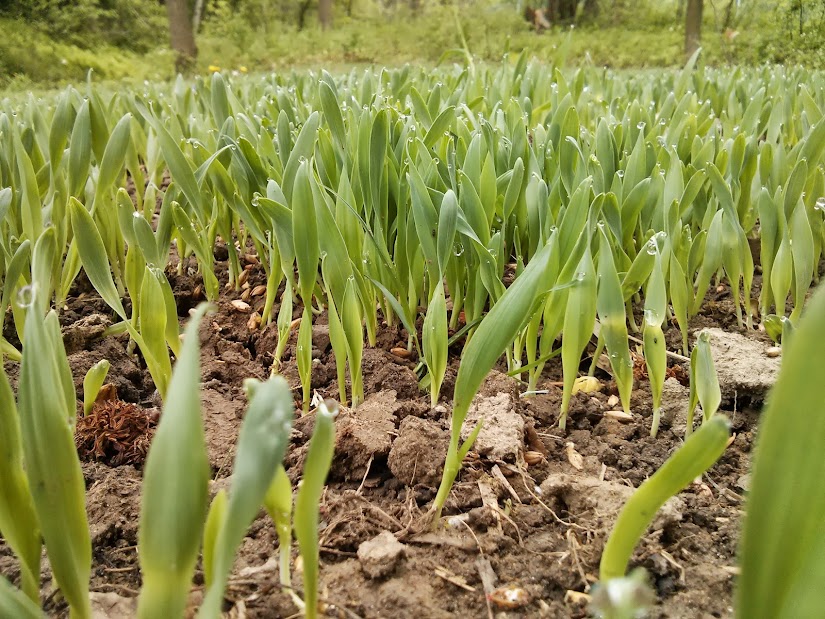I just finished making my first beer with homemalted grains. I did 10gals of a hoppy honey rye with about 12lbs of homemalted pale malt and 1.5lbs of homemade 60L crystal malt. I had to buy several other specialty grains including the rye malt. Overall, it went smoothly and is happily fermenting away in the primaries. I put half on an American style ale yeast and the other half on a french saison... Should be exciting to see how everything turns out.
This has been a 9+ month endeavor....
This has been a 9+ month endeavor....






![Craft A Brew - Safale BE-256 Yeast - Fermentis - Belgian Ale Dry Yeast - For Belgian & Strong Ales - Ingredients for Home Brewing - Beer Making Supplies - [3 Pack]](https://m.media-amazon.com/images/I/51bcKEwQmWL._SL500_.jpg)






















































